The Godfather trilogy: Analysing whether The Godfather glorified violence and organised crime
The iconic film turns 50 on the 24th of March
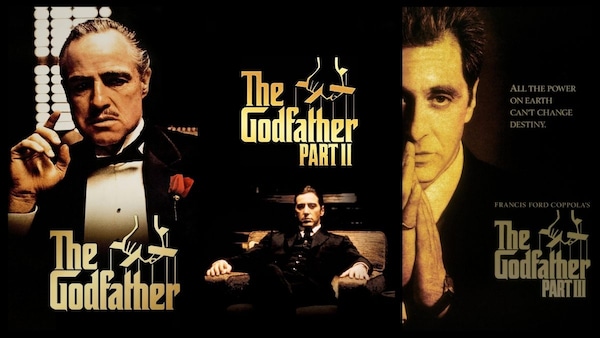
Last Updated: 02.39 PM, Mar 24, 2022
The Godfather trilogy is synonymous with the best of cinema. Francis Ford Coppola’s legendary films have become some of the most recognisable titles in film history. Based on Mario Puzo’s novel, The Godfather, the films expanded on the novel, with Puzo himself serving as writer, to complete a riveting trilogy of films. The story about the Corleone crime family has become the stuff of legends, with Coppola’s mastery that elevated the films to the very top of the industry. But there have always been debates about whether the films glorified gangsters and organised crime. There have also been stories about gangsters being invited to the screenings of the films and how they loved the films. It was in an era when the Mafia allegedly had sway in Hollywood, and the filmmakers sacrificing a few elements from the films to appease a few ‘dons’ is also not outside the realms of possibility. However, Puzo’s and Coppola’s tales about the Corleone crime family, despite its obvious aesthetic appeal, is one that is steeped in tragedy — driving home the message that the wicked always get their comeuppance.

The two most important characters in the trilogy, Marlon Brando’s Vito Corleone and Al Pacino’s Michael Corleone, can be put under the microscope. It helps get a clear picture of how the filmmakers have written these characters as complex beings who have their own set of codes for ethics and morality — ones that fall outside the conventions of society. Despite their power and wealth, they are outliers who will forever be viewed as deviants. This is beautifully explained in Jonathan Nolan’s TV series, Person of Interest, by Enrico Colantoni’s character Carl Elias during a well-crafted scene with Rober John Burke’s character, Patrick Simmons. For Michael and Vito, despite their extravagant and sophisticated lifestyle that comes with being the undisputed leaders of ‘made men’, they are forced to face the realities of the damage that their choices inflict on themselves and their families.
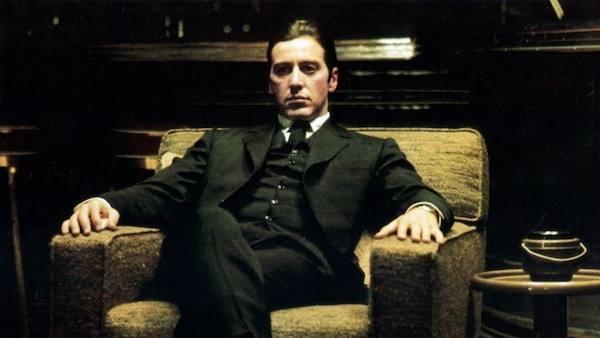
Vito, despite being the most powerful Mafia don, is shot in the middle of a street and left for dead. Even though he survives the ordeal, he returns to find his eldest son, Sonny, brutally murdered. Despite all the men, weapons, and influence Vito has at his disposal, he is unable to guarantee his family’s safety. He is always forced to look over his shoulder with fear that his enemies will one day finish what they started. Michael also faces a similar predicament throughout his life. Even though he is introduced as a mild-mannered former military man, who wants to stay away from the family business, Sonny’s murder awakens something in him. Despite being the youngest of the three brothers he eventually takes over as the head of the family.
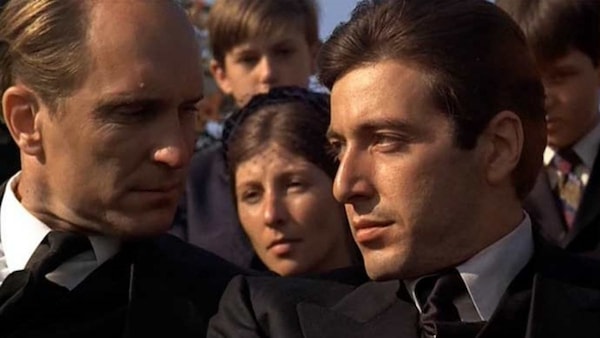
During his time in Sicily, Italy, he marries a local girl, Apollonia (Simonetta Stefanelli), only for her to be murdered by his enemies. He does eventually return to the US to settle down with his longtime girlfriend from college, Kay Adams (Diane Keaton). But the Michael that returned from Sicily was different from the one that left the US. He would become a ruthless leader, who would kill anyone that would harm his ‘family’ — even if it means killing his own sister’s husband, and his own brother Fredo. By the end of the first film, through Keaton’s Kay Adams, the viewers realise they may have been rooting for the wrong man. With the iconic final scene in the first film, he becomes the Godfather.
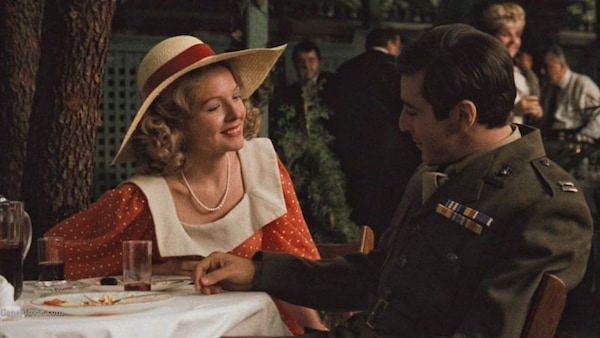
The film’s overall aesthetic or outward appearance may suggest that the Corleones are portrayed as heroes in a flawed society. But a closer look at them, tells a darker tale of a tragedy waiting to implode. The Godfather: Part III is significant, as it shows an older Michael Corleone who is haunted by the things he has done. His trauma overpowers him to a point of helplessness, and it ultimately culminates with his daughter being shot by his enemies and dying in his arms. The film ends with Michael as a broken man, with a haunting realisation that all the power and wealth he’s amassed in his lifetime have become insignificant. His character-arc ends in tragedy.
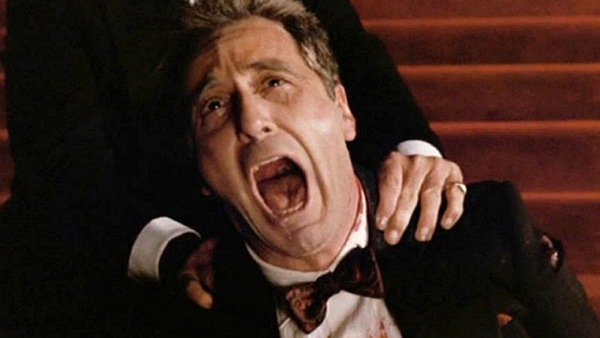
The filmmakers have incorporated this to firmly establish the idea that the actions of the Corleones have consequences. It is an important element that is often overlooked in gangster films over the years. The most recent example is Lijo Jose Pellissery’s hit Malayalam gangster film Angamaly Diaries. The film ends with its primary character, despite his actions, being given a chance to rebuild his career and lead a fulfilling life. It inadvertently sends out the wrong message and is potentially damaging, especially when films have historically shown to have a significant influence on society and culture.

